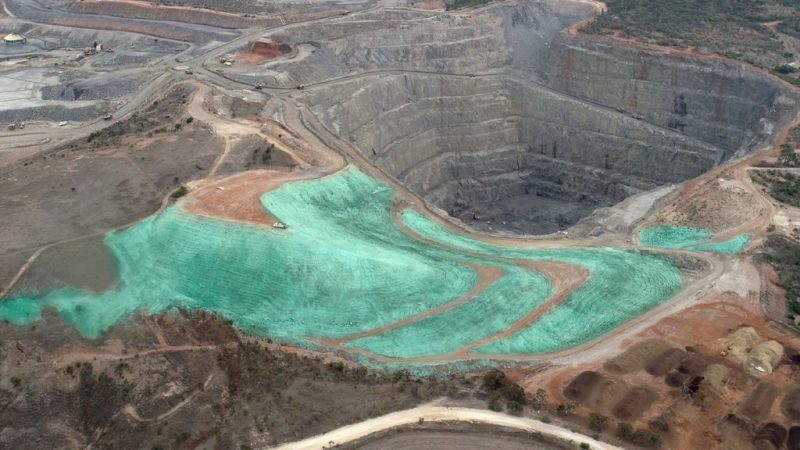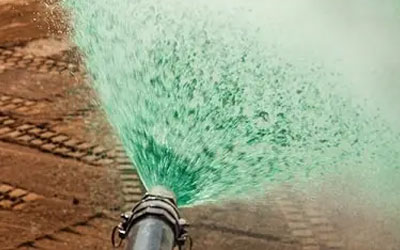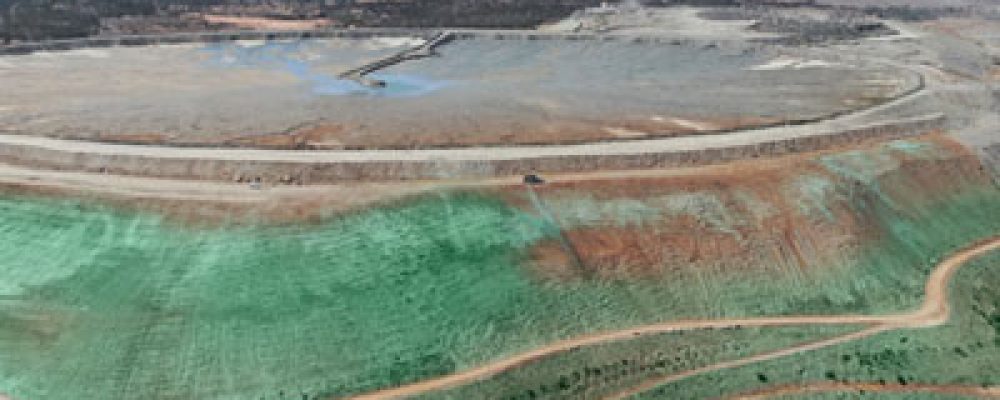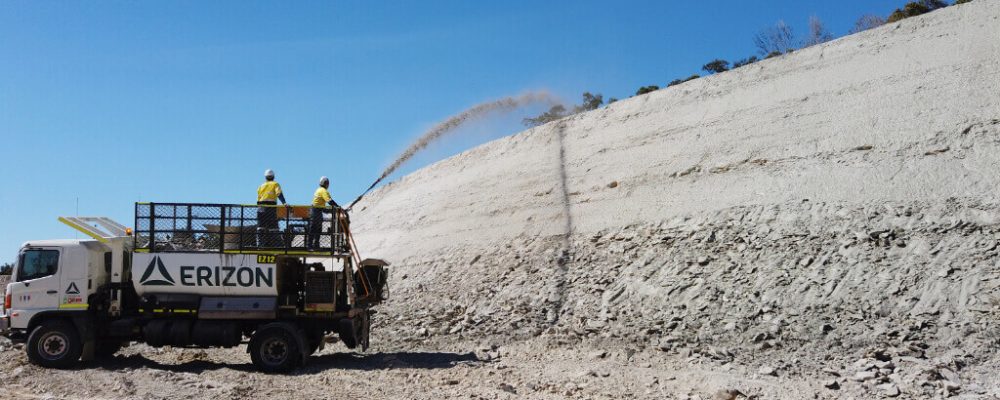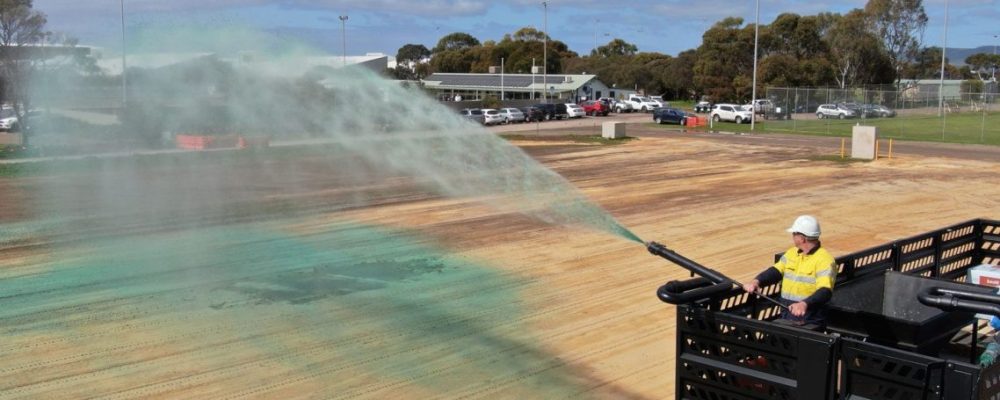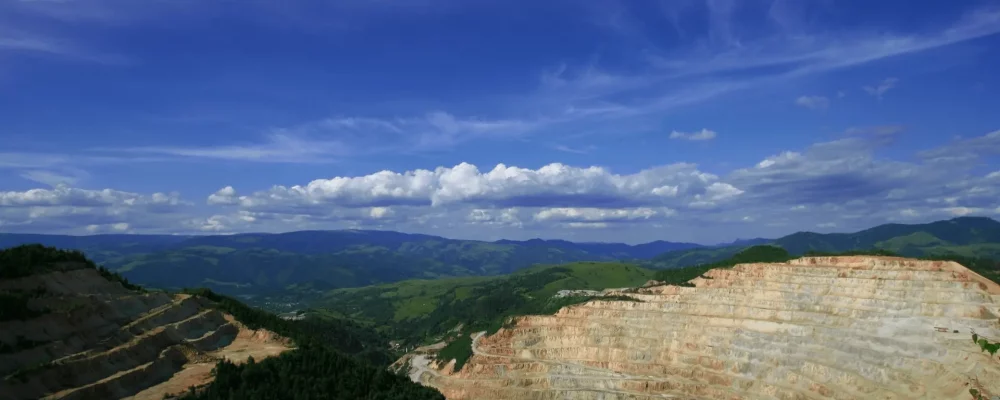Haul roads, the vital arteries of industrial operations, serve as lifelines for the transportation of materials and equipment within various industries. However, with the benefits of haul roads also come challenges; particularly when it comes to dust suppression in different industries and climates.
In this article, we delve into the critical topic of haul road dust suppression and its significance across diverse industries and climates. We explore the unique requirements and environmental impacts that necessitate effective dust control measures.
What Are Haul Roads?
Haul roads are an essential component of various industries, serving as engineered road systems designed specifically for the transportation of materials, equipment, and vehicles within industrial sites. They provide a dedicated network of routes that connect different areas, such as mines, construction sites, quarries, and agricultural operations.
The concept behind haul roads is to create efficient and safe pathways for the movement of heavy machinery, trucks, and other vehicles involved in industrial operations. These roads are constructed using suitable materials such as gravel, crushed rock, or soil, depending on the specific requirements of the industry and the type of vehicles that will be traversing them.
Importance Of Haul Roads In Various Industries
Haul roads play a crucial role in various industries. Their importance can be seen across sectors such as mining, construction, quarrying, and agriculture, among others.
Here are some key points highlighting the significance of haul roads in various industries:
- Efficient Material Transportation: Haul roads provide a reliable and efficient means of transporting materials from their source to processing facilities, storage areas, or transportation hubs. In mining operations, for example, haul roads enable the transportation of extracted minerals from the mining site to the processing facilities or railroads for further distribution. Similarly, in construction projects, haul roads facilitate the delivery of construction materials, equipment, and machinery to the designated areas.
- Improved Operational Efficiency: Haul roads enhance operational efficiency by streamlining the movement of materials and equipment within industrial sites. Well-planned haul roads are designed to accommodate heavy machinery, trucks, and other vehicles, providing stable and reliable routes for transportation. This reduces downtime and improves productivity as vehicles can navigate the roads smoothly and safely, even when carrying heavy loads.
- Worker Safety and Equipment Protection: Well-designed haul roads prioritise worker safety by providing stable and secure routes for vehicles and equipment. They are constructed to withstand the weight and impact of heavy machinery, reducing the risk of accidents, vehicle damage, and injuries to personnel. Additionally, proper road design considers factors such as appropriate gradients, road signage, and clear visibility, further enhancing safety for workers and equipment operators.
- Cost Reduction and Maintenance: Investing in well-designed haul roads can lead to long-term cost savings. Industries can reduce maintenance costs associated with frequent repairs and surface degradation by constructing haul roads with appropriate surface materials and engineering techniques. Proper drainage systems incorporated into haul roads help prevent water accumulation, reducing erosion risk and road damage. Additionally, well-maintained haul roads with effective dust control measures minimise dust generation, reducing equipment maintenance needs and improving overall air quality.
Benefits Of Well-Designed Haul Roads
Well-designed haul roads offer several environmental benefits that contribute to sustainable practices and minimise negative impacts. These benefits include:
- Reduced Dust Generation: Dust generated from unpaved or poorly designed haul roads can have detrimental effects on air quality, vegetation, and nearby ecosystems. Well-designed haul roads incorporate dust control measures such as surface stabilisation, watering, or the application of dust suppressants.
- Minimised Soil Erosion: Erosion caused by water runoff can lead to soil degradation, sedimentation in water bodies, and loss of fertile topsoil. Well-designed haul roads incorporate proper drainage systems and erosion control measures, such as erosion control blankets, sediment control basins, or retaining walls. These measures help mitigate the impact of rainfall, preventing excessive erosion and sedimentation. By minimising soil erosion, well-designed haul roads preserve local ecosystems, water quality, and the overall health of surrounding landscapes.
- Enhanced Water Management: Improperly designed or poorly maintained haul roads can contribute to water runoff issues, leading to localised flooding, soil erosion, and sediment transport into water bodies. Well-designed haul roads prioritise proper water management by incorporating culverts, drainage channels, or retention ponds. These elements help control water flow, promote infiltration, and prevent erosion by directing water away from sensitive areas. By effectively managing water runoff, well-designed haul roads contribute to water conservation, minimise flood risks, and protect water quality in nearby ecosystems.
Haul Road Construction Challenges Across Different Climates
Constructing and maintaining haul roads in different climates present unique challenges. Regardless of the climate, common issues such as erosion, dust control, and road stability require careful consideration. However, specific challenges may vary.
For instance, dust suppression becomes a crucial concern in arid or dry climates due to increased dust generation and the associated health hazards. Vegetation or mulch can be used to manage dust, but these materials must be regularly replenished. In tropical climates, the combination of high rainfall and warm temperatures can make it difficult to maintain haul roads in good condition. Therefore, appropriate drainage techniques are necessary to reduce water accumulation on roads and surrounding areas.
On the other hand, in regions with heavy rainfall or high humidity, erosion control is of utmost importance to prevent road damage and maintain stability. Erosion control can be achieved by installing vegetation or berms, applying gravel, or using silt fences and sediment basins. Moreover, slope stabilization techniques such as geotextiles, gabions, and riprap are recommended to protect embankments from erosion.
Haul roads in different climates necessitate tailored solutions that address the specific challenges faced by each environment, ensuring optimal road performance and longevity.
Erizon’s Haul Road Dust Suppression And Erosion Control
Erizon specializes in providing innovative solutions for haul road dust suppression and erosion control. With years of experience in the industry, Erizon has developed effective strategies to tackle the challenges faced by haul roads in various climates. Our expertise lies in addressing erosion and dust suppression through environmentally friendly and sustainable methods.
One of our flagship solutions is RoadBond, a high-performance polymer emulsion specifically designed to improve road stability, reduce dust, and prevent erosion on haul roads.
RoadBond
RoadBond comprises super-absorbent polymers that effectively draw moisture from the air, creating a robust layer that resists traffic wear, wind erosion, and water impact. The product’s chemical innovation yields safe and efficient dust suppression, lasting for up to six months. Developed and extensively tested to withstand harsh industrial conditions, it is an ideal solution for mining, resources, and infrastructure sites.
RoadBond can be customized depending on the climatic conditions of the area and other factors.
RoadBond Li
This solution works especially well in dry and arid conditions, where fine dust is a significant issue. This naturally derived product is effective on unsealed and ungraded roads, providing improved stability by binding fine soil particles together to create a reworkable dust-free layer. The treated area is ready for use immediately, with no curing time required.
RoadBond Mg
RoadBond Mg on the other hand, is ideal for use in wet conditions, where dust suppression is still required. This product is highly effective in controlling dust in areas such as ports, mines, and construction sites, providing a long-lasting barrier that binds fine soil particles together. RoadBond Mg is formulated to work in highly alkaline soils and has been shown to improve the stability of unsealed and ungraded roads.
Choose Erizon for Your Haul Road Erosion Control Project
Our expertise in the field of haul road erosion control sets us apart. We have a deep understanding of the challenges faced by haul roads in various industries and climates. With years of experience, we have developed innovative strategies and techniques to tackle erosion issues and promote sustainable practices.
By choosing Erizon for your haul road erosion control project, you can trust that you are working with a team that is dedicated to delivering high-quality results. We have a proven track record of successfully implementing erosion control measures that enhance road stability, minimize sediment runoff, and preserve the surrounding environment.
Ready to get started on your dust suppression project? Get in touch with us today.
